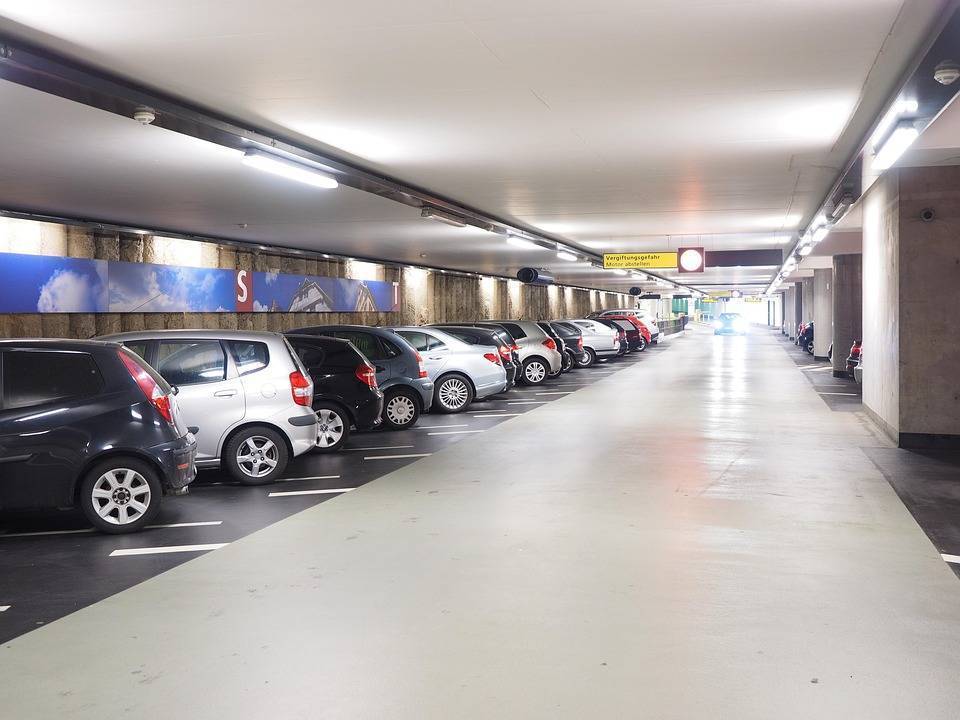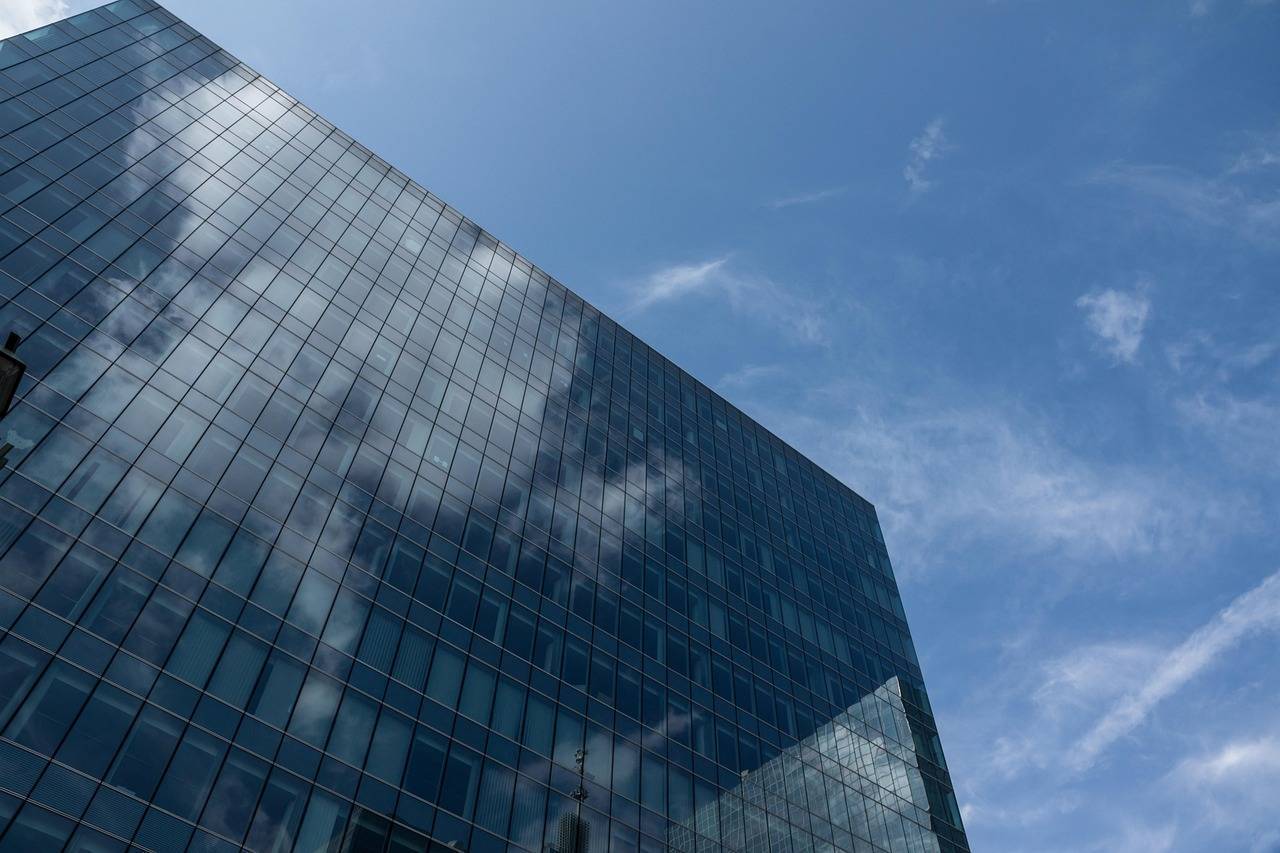The Indian cement sector is expected to see a rise in demand as government infrastructure spending increases. A report by Nuvama indicates that demand conditions are likely to support cement price hikes across regions starting April 2025. This follows a brief decline in prices during March, caused by a year-end volume push, and signals a change in market activity.
As per the report, cement prices had improved for three consecutive months before witnessing a dip in March 2025. This decline, however, was largely attributed to the typical financial year-end pressures, with companies pushing volumes to meet targets. Despite this short-term setback, the overall demand outlook appears optimistic, particularly with government-backed infrastructure projects expected to gain momentum in the coming months.
The report projects that cement prices may increase across multiple regions in April, with the hikes potentially happening in phases. Though prices remain 6.5–7% lower on a year-on-year basis, companies in the sector are expected to offset this decline through ongoing cost-efficiency measures. These include operational improvements, optimized supply chains, and enhanced fuel and logistics management strategies, all aimed at protecting profit margins amid fluctuating realizations.
Nuvama, however, cautioned that the long-term sustainability of the expected price increases will depend on a range of factors including demand stability, competition dynamics, and regional market behaviour.
In the eastern region, the report noted a price decline of ₹5–7 per bag in March, reversing gains made earlier in January and February. Dealers in the region are expecting a partial price recovery by the end of April, with potential hikes of ₹20 per bag planned in two tranches of ₹10 each.
The southern region may see the sharpest price correction, with hikes of up to ₹30 per bag expected in the trade segment. Demand has remained steady, and a more pronounced rise is anticipated from financial year 2026 onwards, driven by the pipeline of infrastructure and housing projects planned by the new Andhra Pradesh government.
In the northern region, March saw an improvement in demand both on a month-on-month and year-on-year basis. Pricing has been largely stable, which has supported dealer sentiment. A modest price increase of ₹5–10 per bag is being anticipated during April, though there is uncertainty around whether such hikes will hold in the medium term.
Contrastingly, the central region experienced subdued demand during March, prompting companies to reduce prices by ₹3–5 per bag. While a ₹10 per bag hike has been announced for April, local dealers remain sceptical about the market’s ability to absorb this increase unless demand shows a significant improvement. However, Nuvama expects a turnaround in demand conditions by the end of April, which could provide support for future pricing actions.
In the western region, the month of March saw a rollback of earlier price hikes, with reductions of ₹2–3 per bag being reported. These adjustments were driven by a push to boost volumes. As of the first week of April, no fresh announcements regarding price increases have been made in this region, indicating a wait-and-watch approach from market participants.
Overall, the cement sector finds itself at a crossroads. On one hand, government infrastructure spending and upcoming construction activity offer strong tailwinds. On the other, market dynamics remain fragile, and price hikes will need to be carefully calibrated to avoid demand disruption. The next few weeks are likely to be crucial in determining whether the positive demand momentum can translate into stable and sustainable pricing power for cement companies.
As companies prepare for the summer construction season, traditionally a period of high cement consumption, the industry will closely monitor regional demand patterns, government project execution pace, and competitive actions before fully committing to aggressive pricing strategies.









.png)